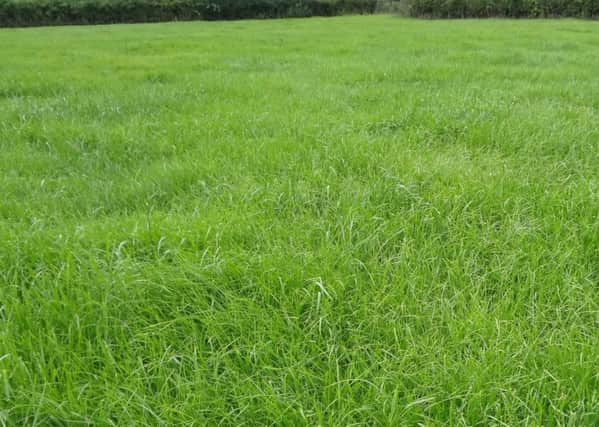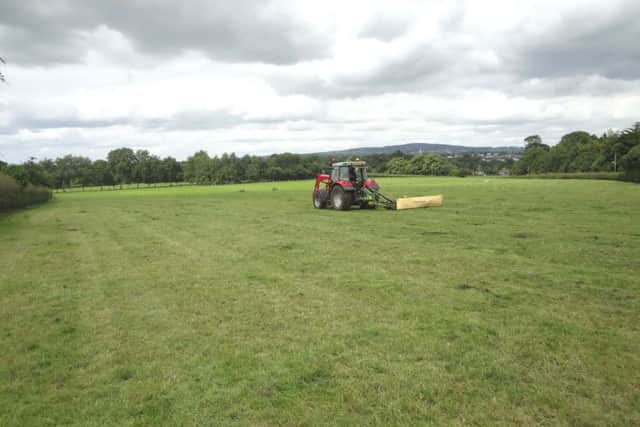Mid-season grazing management


During spring both grass growth and quality are high, but as the season progresses both usually decline.
In addition, there is an increase in the number of rejection sites due to dung pats, urine scorch and poaching with each completed rotation.
Advertisement
Advertisement
For any dairy herd there are three key grazing objectives, namely:-


· optimise grass intake
· graze at the correct sward cover
· maximise grass quality
Firstly, ensure cows are grazing at the correct grass cover which is 2800-3000kg/DM/Ha (1/3 up a wellington boot). Grazing at this cover generally represents the three leaf stage, which is the highest quality.


There is a large milk yield penalty in grazing swards with a high stem content. Grass covers above this target should be taken out of the rotation and baled. Furthermore, grazing at the correct cover ensures swards can be grazed out cleanly to the target of 1600-1700kg/DM/Ha (heel height on your boot), which will provide quality grass for the next rotation.
Inevitably at this time of year the grass plant wants to produce stem and go to seed. Where covers are grazed above the ideal target, it is very difficult to get them grazed out without compromising milk yield. Therefore, it is essential to top the field down to 4-5 cms, anything above this is just a cosmetic exercise and will not produce quality re-growths.
Advertisement
Advertisement
As grass growth is now past the peak, it is essential to walk your grazing platform to identify any grass shortages (or surpluses). Use GrassCheck daily growth forecasts to project where grass covers may be in one week’s time and take action if required. For example, if a shortage is identified options may be to include silage aftermaths, buffer feeding or increase concentrate levels. To ensure grass intakes are optimised, provide the grazing herd with the correct daily grazing area i.e. balancing herd grass demand and area allocation.
CAFRE have developed a series of on-line grass calculators to help work this out (log on to DAERA online services/click on CAFRE business tools/under CAFRE dairy applications click on grass and forage management).
Remember the importance of water at grass which sometimes can be overlooked. Cows require 30-40 litres per day for maintenance, plus 3-4 litres per litre of milk produced, so many of the cows in the herd will be drinking 100+ litres per day.
Think about practical issues such as, is the current trough accessible from all angles, is the trough big enough for the herd size and how good is the flow rate?
Continue to monitor and adjust parlour feed settings in line with grass quality/supply and grazing conditions. Do not forget cow condition, particularly for cows within two months of drying off.